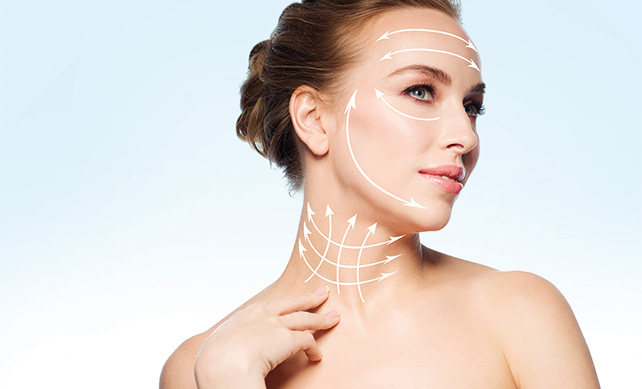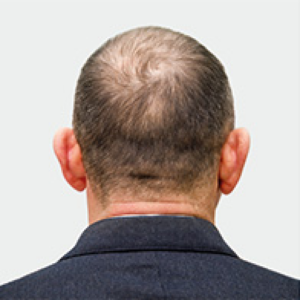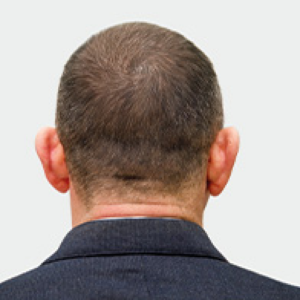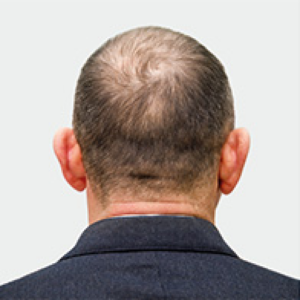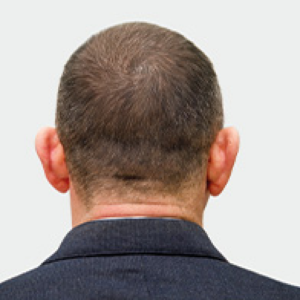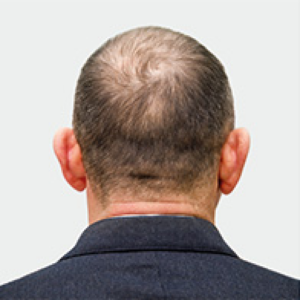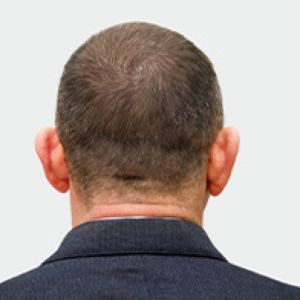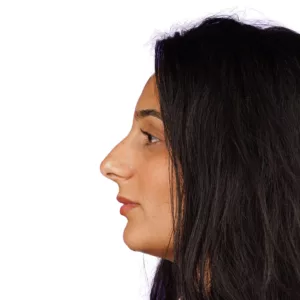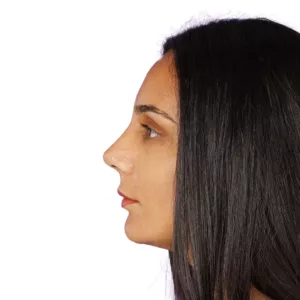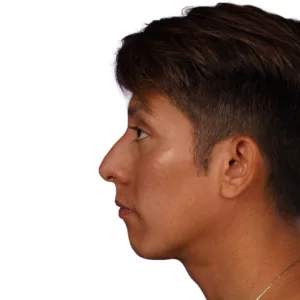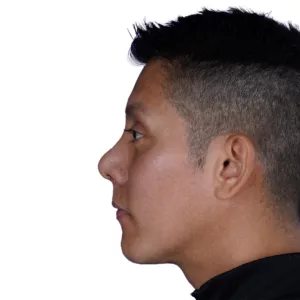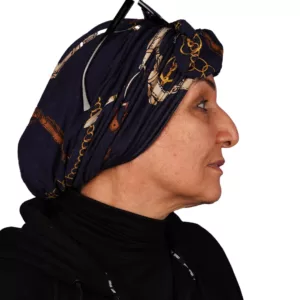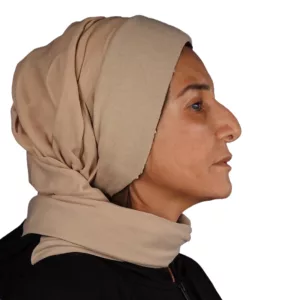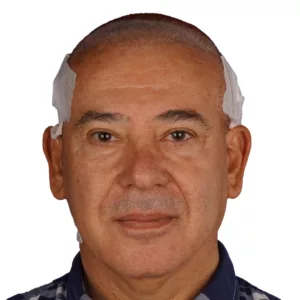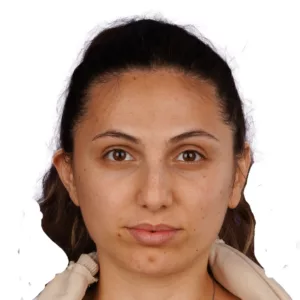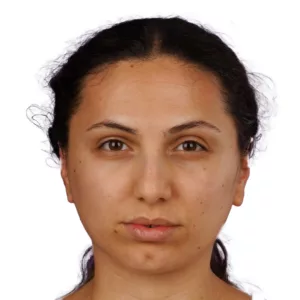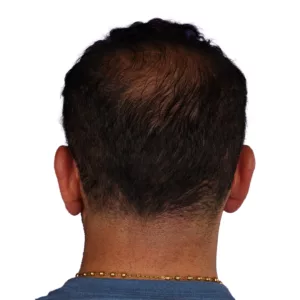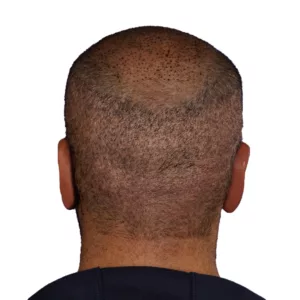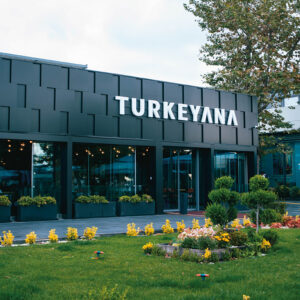Face Lift
WHAT IS A FACELIFT PROCEDURE?
A facelift, also known as a rhytidectomy, is a cosmetic surgical procedure. It aims to rejuvenate and improve the appearance of the face and neck. Facelift operation typically involves
- Removing excess facial skin.
- Tightening of underlying muscles.
- Transferring the skin to create a smoother, more youthful appearance.
The procedure can help reduce the appearance of wrinkles, sagging skin, jowls, and other signs of aging. A facelift procedure can be performed using various techniques, depending on the patient’s goals and the surgeon’s preferences. These techniques include the traditional facelift cosmetic procedure, limited incision facelift, and neck lift.
Recovery time can vary depending on the extent of the procedure. However, patients can generally expect swelling and bruising, and discomfort in their facial muscles for a few weeks post-surgery. As with any plastic surgery, there are potential risks and complications. Discussing these with a qualified plastic surgeon before undergoing a facelift is essential.
What Are The Facelift Techniques
Several facelift techniques are performed under general anesthesia, each with advantages and limitations. A plastic surgeon will typically select the appropriate technique based on the patient’s goals, facial anatomy, and skin condition. Some standard facelift techniques include:
- Traditional facelift: Also known as a “full facelift”. This technique involves making incisions along the hairline at the temples, extending around the ear, and ending at the lower scalp. The surgeon then lifts the skin, tightens underlying muscles, and removes excess skin and loose skin. This technique addresses significant sagging and aging in the face and neck.
- Limited incision facelift: Sometimes referred to as a “mini facelift” or “short scar facelift,” This technique uses smaller incisions, typically around the ear and sometimes within the temple’s hairline.
It suits patients with moderate sagging and aging concerns, offering a shorter recovery time and reduced scarring compared to a traditional facelift.
- Neck lift: A neck lift, or “platysmaplasty,” focuses on the neck and jawline. This procedure addresses issues like sagging skin, “turkey neck,” and jowls. Incisions are made around the earlobe, front of the ear, and behind the ear, extending into the lower scalp. This technique is often combined with a traditional or limited incision facelift for comprehensive facial renewal.
- Mid-face lift: This technique targets the mid-face area, including the cheeks and lower eyelids. Incisions are typically made within the hairline or corner of the mouth or inside the mouth. The surgeon then lifts and repositions the fat and soft tissues. That can help restore volume to the cheeks and reduce the appearance of nasolabial folds.
- SMAS facelift: The Superficial Musculo-Aponeurotic System (SMAS) technique. Which addresses the underlying muscular layer of the face and can contribute to sagging and wrinkles. These Incisions are similar to those used in a traditional facelift. The surgeon tightens the SMAS layer in addition to transferring the skin.
- Deep plane facelift: This technique goes further than the SMAS facelift. Addressing the deeper layers of facial tissue, including the fat and connective tissue. By working at a deeper level, this approach can provide more natural and long-lasting results. However, it may also have a longer recovery time, not just days after surgery, and a higher risk of complications.
These are just a few examples of facelift techniques. A qualified plastic surgeon may combine these approaches or customize the procedure to meet a patient’s needs best. It is essential to consult a board-certified plastic surgeon. He will help you determine the most appropriate technique for your individual goals and facial characteristics.
Everything is to assure you that you are in safe hands…
Candidates For Facelift
Facelift candidates typically want to address visible signs of aging in their face and neck. Ideal candidates for a facelift generally meet the following criteria:
- Good overall health — Candidates should be physically healthy. It is essential to have no medical conditions that could increase the risk of complications or impede healing. A thorough medical evaluation is usually performed before surgery to ensure patient safety.
- Non-smoker — Smoking can significantly increase the risk of complications and impair the healing process. Surgeons typically recommend that patients quit smoking several weeks before and after surgery to minimize these risks.
- Realistic expectations — Candidates must clearly understand what a facelift can achieve and maintain realistic expectations regarding the outcome. While a facelift can provide significant revival, it cannot stop aging or create an entirely new appearance.
- Skin elasticity — Facelift candidates should have a certain degree of skin elasticity. This helps the skin adapt to its new contours and achieve a smooth, natural-looking result.
- Signs of aging — Ideal candidates are those experiencing visible signs of aging. Symptoms such as sagging skin, wrinkles, jowls, or loss of facial volume. A facelift can address these concerns, creating a more youthful and refreshed appearance.
- Emotional stability — Undergoing cosmetic surgery can be an emotional experience. Candidates need to be emotionally stable and prepared for the physical and psychological aspects of the procedure and recovery process.
It is crucial to consult a board-certified plastic surgeon to determine if you are a suitable candidate for a facelift. The surgeon will assess your medical history. Discuss your goals and recommend the most appropriate approach for your unique needs and circumstances.
Before - After Gallery
Take a look at the outstanding results of our previous Plastic surgery patients, then decide for yourself.
FAQ
What is a face lift?
A face lift, also known as a rhytidectomy, is a surgical procedure that aims to reduce the signs of aging in the face and neck by lifting and tightening the skin and underlying tissues.
How much do face lifts cost?
The cost of a face lift can vary depending on several factors such as the surgeon’s experience, location, and the extent of the procedure. On average, it can range from $5,000 to $12,000 in the Turkey.
How long does a face lift last?
The effects of a face lift can vary depending on several factors such as the patient’s age, skin quality, and lifestyle habits. On average, the results can last for 5-10 years.
What is a mini face lift?
A mini face lift, also known as a short scar face lift, is a less invasive surgical procedure that addresses mild to moderate sagging of the skin and tissues in the lower face and neck. It involves smaller incisions and a shorter recovery time compared to a full face lift.
What does a face lift do?
A face lift can help improve the signs of aging in the face and neck by lifting and tightening the skin and underlying tissues, reducing wrinkles and sagging skin, and restoring a more youthful appearance.




BLOG & NEWS
BLOG
Which Breast Augmentation Implant Is the Best?
see all

NEWS
TURKEYANA REDEFINING THE CONCEPT OF BEAUTY
see all





















